
The horror genre in film and TV has deep roots in cinema history and continues to be one of the most influential genres to date.
If someone were to ask you what kind of horror you like, what would your answer be?
The horror genre is the only genre that proves to be a hit across film and television time and time again because of its ability to adapt and appeal to specific audiences' tastes. While some fans of horror might prefer the blood, guts, and gore, other fans of the genre may prefer the slow-burning psychological horror that doesn't show much blood.
The horror subgenres are numerous, and it makes sense since the genre has been around since someone could hold a movie camera and make a film. Let's break down why the horror genre remains dominant in film and TV culture, and what subgenres were born from horror.
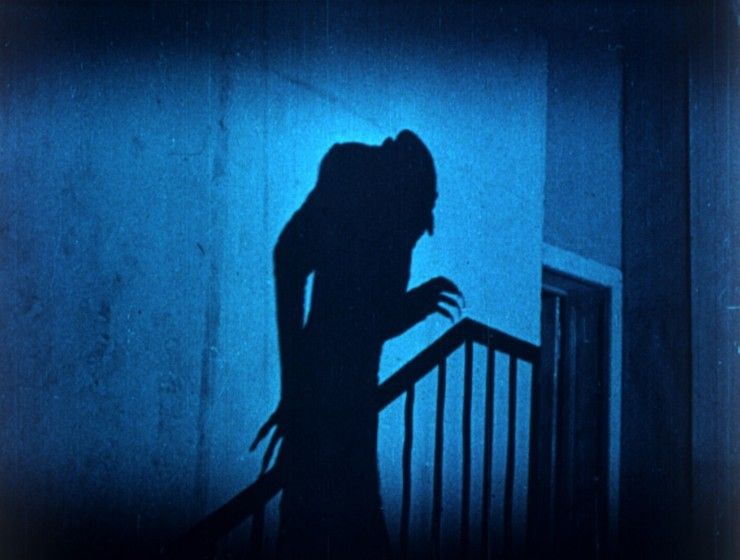
What Is Horror?
Horror is a film genre that can strike fear into people’s hearts for entertainment. Films that fall into the horror genre tend to prey on the viewer’s biggest fears or worst nightmares through dread, gore, and a rush of adrenaline through jumpscares.
Not every horror film looks the same. The horror genre is one of the most freeing genres in cinema since it allows filmmakers to play with tropes and uncommon techniques that are not often seen in mainstream media.
The horror genre is a blanket term for all the types of horror films that exist. There are different types of horror, from psychological to gore, that filmmakers use to create great horror films. The genre also overlaps with many other genres like mystery, sci-fi, fantasy, and drama to lure audiences in with a familiar feeling before scaring them.
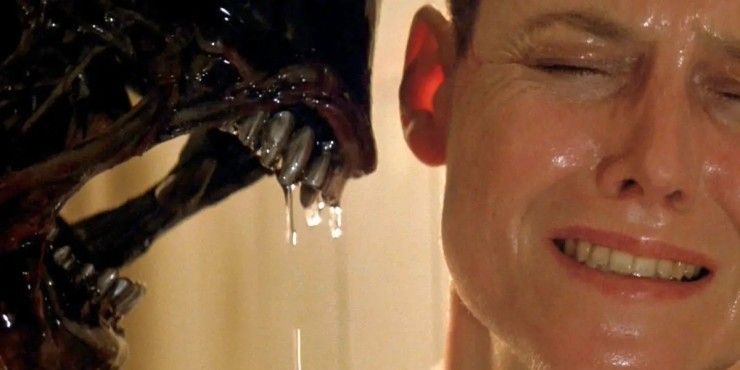
What Was the First Horror Movie?
The first horror film was a 3-minute short film called Le Manoir du Diable (1896), known in English as both The Haunted Castle or The Devil’s Castle. The film was thought to be lost but was discovered in 1988 at the New Zealand Film Archive. You can watch the short below.
The film tells the story of an encounter with the devil and the various attendant phantoms in a castle. The early short was not meant to scare or shock the viewers like modern horror films, but its goal was to amuse audiences. The cinematography to create the shocking visuals established the genre as one that was free to explore new visual languages.
The horror genre wouldn’t be defined until director Robert Wiene’s German Expressionist masterpiece The Cabinet of Dr. Caligari. The silent film drew the attention of a global audience to horror and plot twists, which led the film to have a massive impact on film and the horror genre.
The scenery of Francis’ (Friedrich Fehér) nightmare sets the film apart as it immerses the viewer into the chaos and horrors of the story. The harsh lines, crooked backdrops, and painted shadows created a surreal and terrifying atmosphere that still lingers in the genre, influencing the works of Tim Burton and David Lynch.
When Did Horror Become Popular?
Although horror has a long history in cinema, the genre did not make it to the mainstream until the 1970s.
Before then, Universal Pictures set out to establish its own style of horror in Hollywood that would introduce American audiences to the genre. Through the Universal Monsters, which included films like Dracula, Frankenstein, The Mummy, The Wolfman, and Creature from the Black Lagoon, the studio made room for horror in the mainstream.

Unfortunately, 22 West Magazine found that the studio began to cheapen the genre by oversaturating it with multiple spin-offs and sequels to the franchises, which made people abandon horror films in favor of comedies.
After World War II ended and audiences were experiencing an economic boom, they were ready to be scared for entertainment. By the end of the 1950s, audiences got The Fly, The Blob, Rosemary’s Baby, Night of the Living Dead, and The Haunting.
Although these films did not start a new franchise, they served as placeholders for the horror renaissance. They provided new scares and techniques to the genre while tackling themes of racism, misogyny, and abortion rights.
While The Exorcist was a horror success, the genre did not become mainstream until the late ‘70s with Halloween, The Amityville Horror, Friday the 13th, and Alien. Audiences were impressed by the special effects, uncensored gore, and unconventional structure of the stories.
Now, horror is finding a new way to scare with a more “sophisticated” mindset. Horror has always had complex themes and moral messages, but it never fully dove headfirst into the art house style of Hausu or Giallo films like they do today. Horror is constantly shifting and evolving, but they do so within the molds of its specific subgenre.
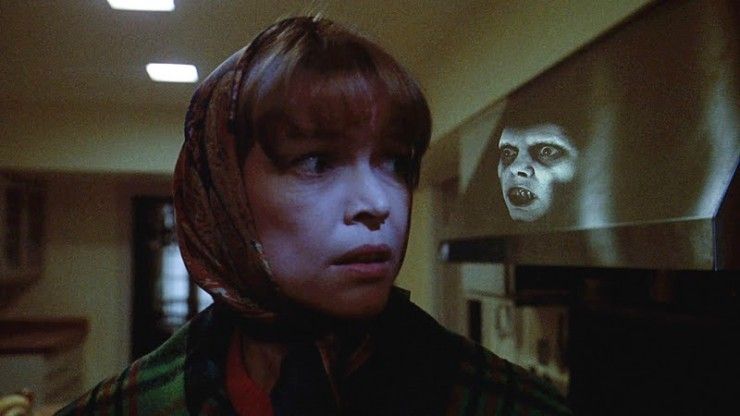
What Are the Characteristics of Horror Films?
While many horror films may incorporate physical violence and psychological terror, there are horror films that don’t show any acts of violence. Each subgenre of horror has its unique characteristics, but horror has a few distinct characteristics that define the genre.
The AMC site defines horror as containing "dark, primitive, and revolting traits that simultaneously attract and repel us."
They go on to describe its subgenres:
"Horror films are often combined with science fiction when the menace or monster is related to a corruption of technology, or when Earth is threatened by aliens. The fantasy and supernatural film genres are not synonymous with the horror genre, although thriller films may have some relation when they focus on the revolting and horrible acts of the killer/madman. Horror films are also known as chillers, scary movies, spookfests, and the macabre."
Some common elements that can be found throughout the horror genre are:
- More action than dialogue
- Mounting suspense
- Jumpscares
- A villain or a monster
35 Horror Subgenres to Know
While the slasher genre is the most well-known and well-defined subgenre in horror, there are so many subgenres that carry their own set of rules to horror.
Let's break down the main subgenres of horror.
Psychological
1. Phobia: As the name suggests, phobia/isolation horror focuses on the horrors of survival. There is typically a district phobia present in these films like claustrophobia. If the characters do make it out alive, there is usually a heavy price they have to pay to survive.
- The Descent
- Gerald’s Game
- Frozen
2. Madness and Phobia: This subgenre focuses less on the deaths of the characters, but on the madness that drives them forward in the story. The terror is whether they have lost their minds due to circumstances, mental illness, or just psychopathic tendencies. This subgenre overlaps with the slasher genre but focuses less on the killing and more on the force that drives the character to kill.
- The Shining
- Jacob’s Ladder
- In the Mouth of Madness
3. Home Invasion and Survival: This subgenre normally involves a woman home alone or a group of people that are threatened by one or more assailants who are typically masked. The main focus of the home invasion film is whether the victim(s) will survive.
Unlike slashers, home invasion films focus more on the stalking of the victims rather than their kills. The villains do not reveal their identities until much later in the story which enhances the claustrophobic fear.
- The Strangers
- The Purge
- Funny Games
4. Arthouse: Also known as elevated horror, arthouse horror focuses on psychological themes and atmosphere. Often, arthouse horror films have a distinct cinematic style that may delve into philosophical ideas that challenge the viewers' beliefs.
The story can be simple or complex, but the core of the film tends to be the cinematography. The experience of the movie matters more than sticking to the traditional film structure. Sometimes, arthouse horror can feel empty and without substance, but it is undeniably stunning.
- Under the Skin
- Climax
- Mandy
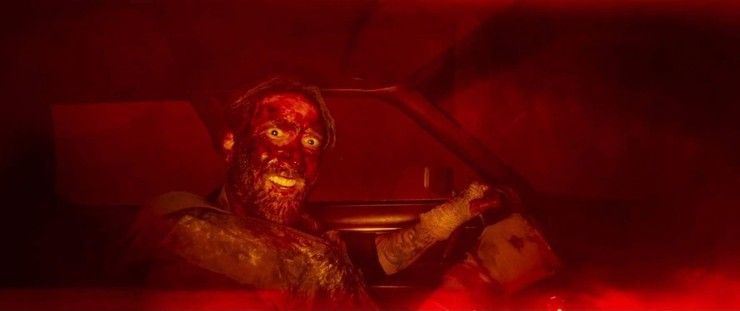
Killer
5. Slasher: The slasher genre is probably the most well-known subgenre in horror. Typically, these films feature a human-like killer (sometimes with supernatural powers) that hunts down a group of people, usually teenagers. The deaths are bloody and unique, which makes it a fun yet gruesome watch. It is also the genre that is responsible for the Final Girl trope that we can’t help but love.
- Halloween
- Child’s Play
- Candyman
- Freaky
- Happy Death Day
6. Crime and Giallo: Crime and Giallo films focus on elements from other genres like slashers, crime fiction, psychological thriller, psychological horror, exploitation, and supernatural horror. These films are harder to define due to their thematic and stylistic nature. Many of the films that fall into the genre have lavish set designs with vivid bold, surrealist qualities and acts of violence toward beautiful middle-class women.
- The Girl Who Knew Too Much
- Blood and Black Lace
- Suspiria
7. Backwoods Horror: Backwoods horrors are easy to define. They are simply slasher films that are set in forests, woodlands, or rural locations that are affected by rural poverty. Oftentimes, city slickers traveling through rural territory run into the country folk who eventually hunt the city slickers down in a grisly manner.
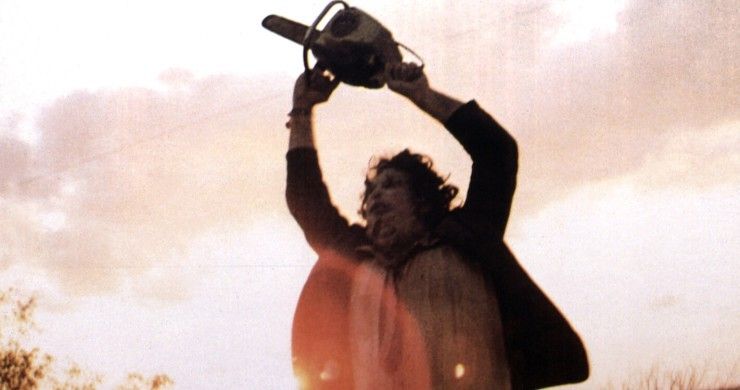
Gore and Disturbing
8. Torture: Also known as torture porn, this subgenre depicted bouts of extreme violence and explicit scenes of torture and mutilation. The subgenre inherently indulges in sadism delivered by an often-motiveless villain, granting audiences satisfaction and gratification when it comes to gore and physical violence.
9. Body Horror: At its most basic form, body horror films show grotesque or disturbing violations of the human body. The most popular forms of body horror involved mutations through disease or infection, uncontrolled transformations, and depictions of unnatural movements of the body.
- The Fly
- Videodrome
- District 9
- Tusk
10. Splatter: Also known as gore films, splatter films focus on the mutilation of the human body. Though gore films are often criticized as being gratuitous and referred to as torture porn, many gore films have social commentary attached to them.
11. Cannibal: This subgenre uses cannibalism for shock value. The realistic and graphic violence and genuine cruelty to animals are hard to stomach, which serves as the main advertising draw to cannibal films. The subgenre's reputation is often viewed negatively, causing cannibal horror films to be taboo. It's hard to hit the mainstream with these films, but Eli Roth's Green Inferno and Julia Ducournau's Raw brought cannibalism back into the mainstream.
- Cannibal Holocaust
- The Green Inferno
- Raw
12. Extreme: Exploitation horror features the most extreme examples of gore, mutilation, and cannibalism in films. The graphic nature of these films is hard to stomach as they put all of the brutality on display. Due to their taboo nature and plotless nature, a lot of these films have been banned in various countries.
- Thriller: A Cruel Picture
- Ichi the Killer
- A Serbian Film
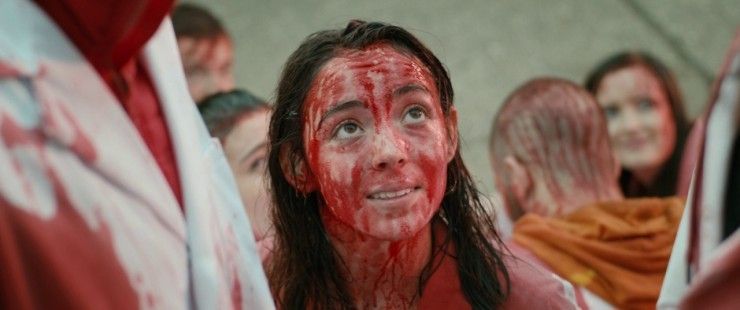
Monster
13. Zombies: Popularized by George A. Romero, zombies have a deep and rich history in cinema. Zombies unconsciously terrify the human brain and have been featured in many cultures across the world.
- Night of the Living Dead
- Train to Busan
- 28 Days Later
14. Virus: There is a lot of overlap between zombies and viruses, but it is important to remember that zombies are not all based on viruses and not all viruses lead to zombies. In non-zombie-virus films, those infected will often maintain control until the virus completely takes over.
- The Crazies
- Pontypool
- Mayhem
15. Vampire: Vampires have been a staple in the horror genre long before any other movie monster. Vampire films all have different sets of rules for their vampires, but they always keep one thing the same—they need blood to live.
16. Werewolf: Werewolves are an underutilized movie monster that have struggled to find many homes in the horror genre. Unlike vampires, werewolves are not given the same horror status and are often poorly received by audiences. However, werewolves provide a lot of space to explore “otherness” and allow special effects artists to show off their talents during the transformation scene.
- An American Werewolf in London
- The Wolfman
- Howl
17. Classic and Mythological: This horror genre is rooted in the mythos of a culture. These films are based on the legends we heard growing up that scared us. Whether the villain is a masked killer, deranged lunatic, or supernatural creature, the classic and mythological horror speaks to the inner child who believes that something could be lurking just beyond the light.
- The Ritual
- La Llorona
- Krampus
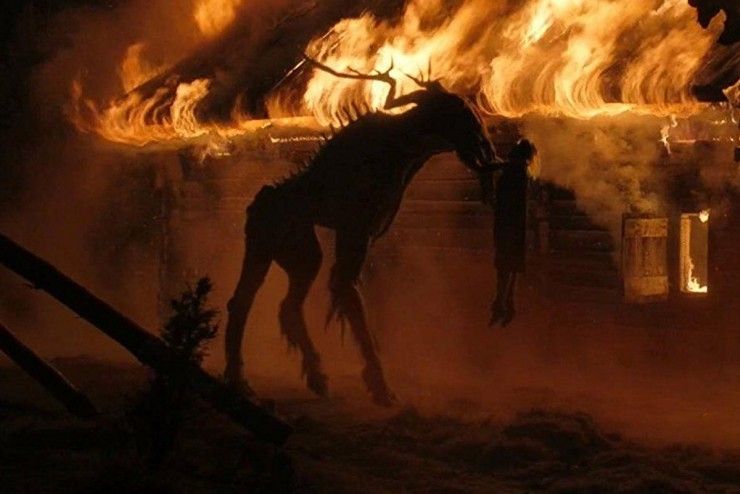
18. Neo-Monsters: Neo-monster is a term that describes everything else in the monster genre. All of the strange, creative, and downright weird new monsters that don't have a home in the monster genre live in this subgenre. Neo-monsters are prevalent in B-movies but have found a new life in the mainstream thanks to CGI.
- A Quiet Place
- Pumpkinhead
- Stranger Things
19. Animals and Nature: This subgenre of horror features natural forces at play in the form of an animal or plant. Typically these animals or foliage are the antagonists in the films, threatening the lives of the human characters.
- The Happening
- Jaws
- Creepshow
20. Giant Creatures: Similar to animals and nature, giant creatures are often the villains in these horror films. Mutated by radiation or an altered DNA strain, these creatures terrorize characters, often serving as a metaphor for Mother Nature's revenge.
- Godzilla
- King Kong
- Crawl
21. Small Creatures: Unlike most horror, these creature features have cute little monsters terrorizing the town. Size is not an issue when it comes to monsters with malicious intent. These are often family-friendly horror films that can still scare the pants off both adults and children.
- Ghoulies
- Gremlins
- Munchies
22. Sci-Fi and Aliens: Sci-fi horror combines the terror of the unknown with science. Featuring futuristic threats or species that have been disturbed unwittingly by humans, sci-fi horror promises that horror will exist no matter the time or the place, and that includes space. Where the monster genre may offer a loose or fluid explanation for the animal attacks, there is often a lot of investigation into where the aliens came from or why.
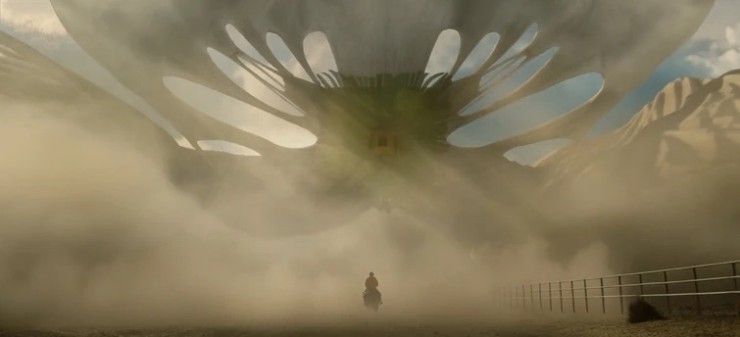
Paranormal
23. Ghost and Spirits: This subgenre is another one that doesn't need an introduction. In horror cinema, ghosts and spirits are often the souls of dead people who have unfinished business or seek revenge.
- Ghost Ship
- Poltergeist
- Thirteen Ghosts
24. Haunted House: Could you have a ghost movie without a haunted house? The simple answer is yes, which is why this subgenre focuses on the location more than the ghost themselves. The plot usually revolves around a group of intrepid newcomers who enter a haunted house.
- The Amityville Horror
- Beetlejuice
- The Grudge
25. Possession: This subgenre is pretty straightforward. Someone or something is possessed by a spirit. The spirit can be good or bad, but this is horror, so most of the time we will get a malevolent spirit. Sometimes, humans don't have to be the ones that are possessed. Some of my favorite horror films include inanimate objects coming to life to kill.
- Christine
- Oculus
- Possession
26. Devils, Demons, and Hell: Very rarely in possession films does the devil do the actual possessing, but when he does inhabit a human body the stakes are always much higher. Demons and lesser imps often do most of the devil's heavy lifting, but they don't always have to possess a body to create a living hell for the characters in the film. Instead, they can simply be entities that leave a wake of death and destruction.
- The Omen
- Devil
- To the Devil a Daughter
27. Witches and Occult: Films that feature witches or cults tend to play on the tropes that have been given to the characters long ago in history. Some movies depict a hierarchy with other lesser magical beings, but the goal of the cults and witches tends to be the same—serve a higher being.
- The Craft
- The Witch
- Silent Hill
28. Supernatural Power: Supernatural powers in horror often feature a teenager or child that has inexplicable powers that they cannot control. Often, this leads to a lot of terrible events happening before the character can hone their ability. The final scene often involves the character taking their rage out on those who shunned or manipulated them throughout the movie.
- Firestarter
- Carrie
- Seconds Apart

Miscellaneous
29. Comedy Horror: Comedy horror plays in both the comedy and the horror genres, which thrive well together. Comedy often comes from watching someone else suffer in amusing ways, and the set-up for a joke is often the same setup for a satisfying kill.
The creatures can be cute or playful more than frightening, yet they are maleficent creatures who cannot be trusted.
- Shaun of the Dead
- Jennifer’s Body
- Eating Raoul
30. Parody Horror: Parody horror is a subset of comedy horror, but with a twist. Parody horror is almost self-explanatory. It pokes fun at horror franchises or tropes. Some parody horror movies almost mimic the plot of the films they are parodying or they may have their own unique plots while leaning heavily on horror movie stereotypes.
- What We Do In the Shadows
- Scary Movie
- The Cabin in the Woods
31. Lovecraftian/Cosmic Horror: Named after H.P. Lovecraft, Lovecraftian horror, or cosmic horror, places horror on the unknown or beings beyond human comprehension.
- The Mist
- The Void
- Annihilation
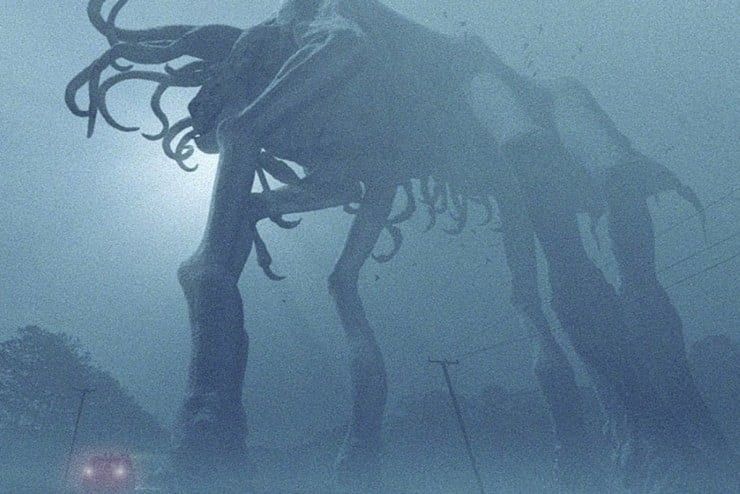
32. Gothic Horror: Gothic horror takes a lot of its tone and aesthetics from gothic literature. There is a delicate blend of romance and melancholy mixed in with horror elements.
- Sleepy Hollow
- Crimson Peak
- Interview with the Vampire
33. Found Footage: While found footage is more of a filming technique, the style boomed in the 2010s in the horror genre, making itself a sub-genre by default. The style of the film typically has a character filming the other characters or GoPros attached to their body. The shaky camera disorients viewers, adding to the chaos of the film’s horror, and plays with the ideas of perspective as technology develops.
- Deadstream
- Cloverfield
- [REC]
34. Folk Horror: Folk horror consists of movies that are heavily focused on a community's relationship with the earth. Often set in rural or secluded areas, the brutal clash between modernism and primitive societies comes to a head, and Mother Nature tends to always prevail.
Folk horror often dabbles in old ideas or folklore and focuses on themes of isolation and a character’s relationships with themselves and the earth.
35. Post-Apocalyptic: Post-apocalyptic films feature characters in a wasteland location. In a world destroyed by various causes, such as nuclear war or a medical pandemic, these films tend to focus on the end of the world and the struggle for survival.
- Doomsday
- Bird Box
- Daybreak

All of these subgenres showcase the fantastically unique quality of the horror genre. There is a little bit of something for everyone. Each subgenre dives further into niches that can be broken down even further. The possibilities are endless, and it is all about what you think serves your taste and story the best.
Horror is an ever-expanding genre that will continue to find new ways to reinvent itself. Many of these subgenres tend to dip into each other, borrowing some elements while creating their ethos.
Don’t be afraid to play within subgenres of horror when writing your next project, and don’t feel like you have to adhere to any subgenre. Create a horror project that you want to see, but it does help to turn toward specific movies and borrow a few characteristics from them.
What’s your favorite subgenre of horror? Let us know in the comments!

Your Comment